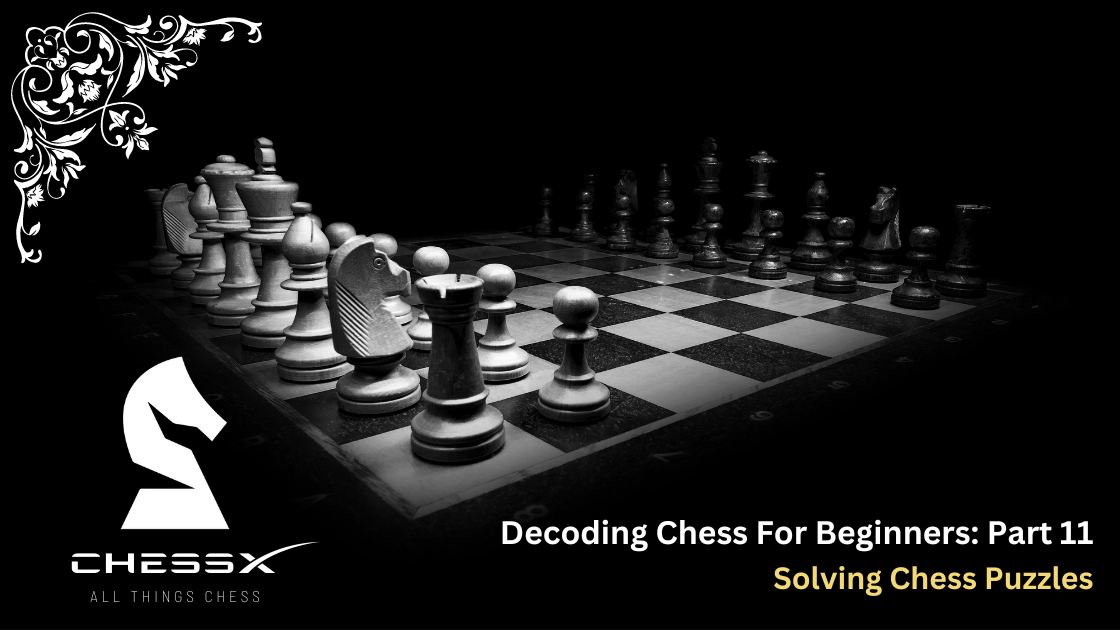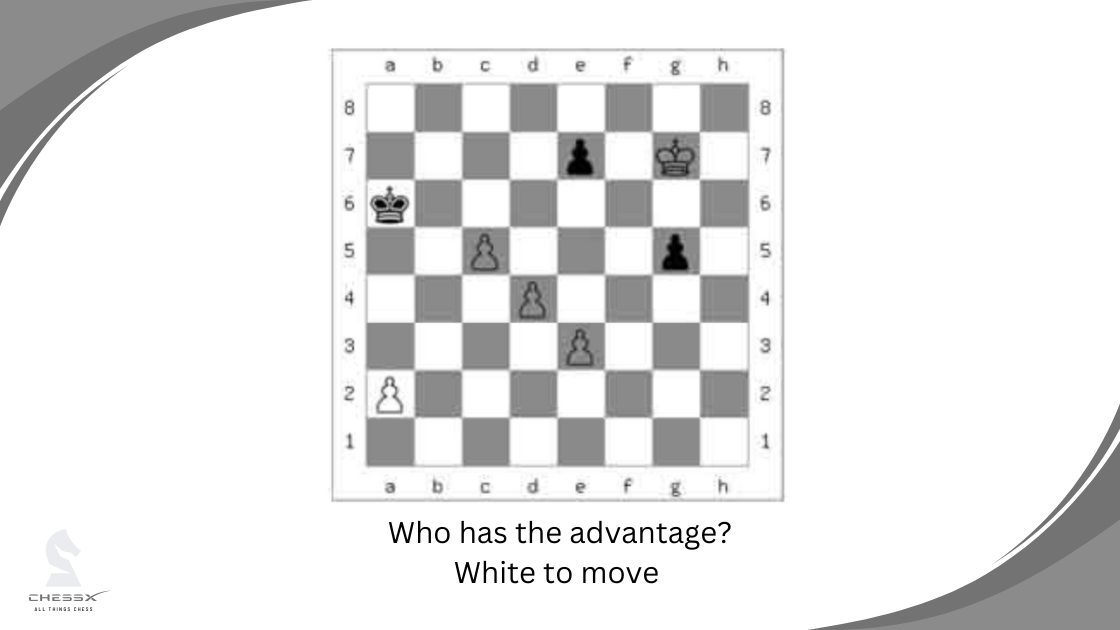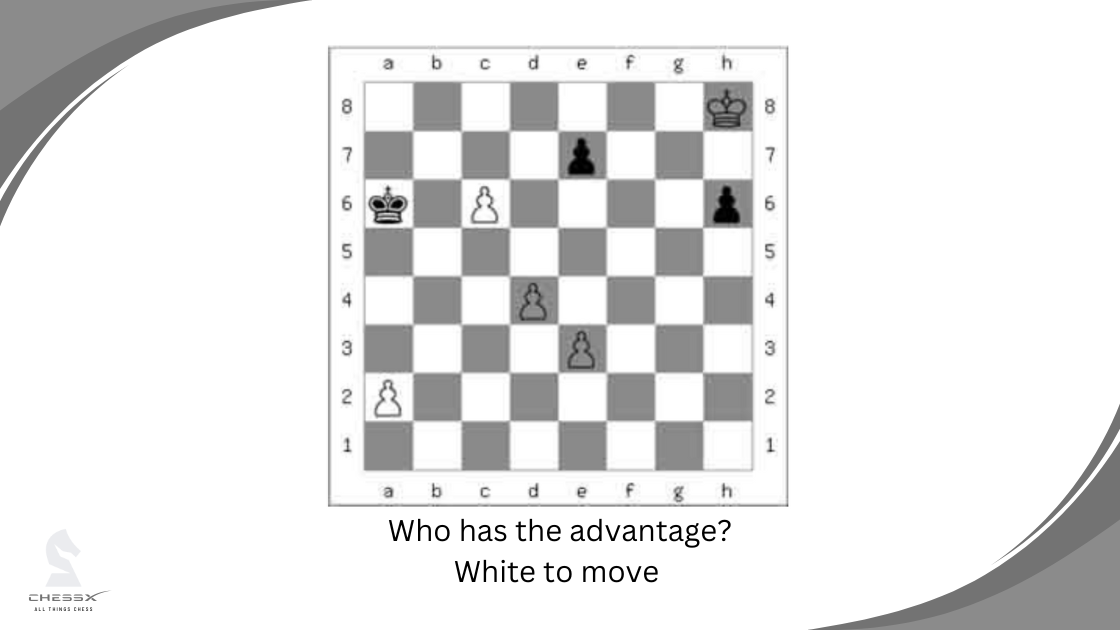Decoding Chess for Beginners: Solving Chess Puzzles

In the eleventh installment of the Chess for Beginners series, we will introduce you to Chess Puzzzles. We encourage you to read the complete blog to gain the most from this discussion.
In chess training, aside from playing games and experimenting with different strategies, another effective approach to advancing your skills is by solving chess puzzles.
What is a chess puzzle?
It can take one of two forms: a case study extracted from an actual game or an artificially arranged setup. In either case, the objective remains the same—to enhance your ability to recognize opportunities and determine optimal moves. Some puzzles are relatively easy, while others pose a greater challenge. Nevertheless, each puzzle serves as a valuable learning opportunity and an enjoyable mental exercise.
We have included a few puzzles here that are both enjoyable and dynamic. The answers will be provided at the end of each puzzles.
A Story
But before we delve into the puzzles, let's share a short story. Once upon a time, in a classroom, there were two students and a teacher. One student was exceptionally remarkable, while the other wasn't particularly bright.
One day, the teacher distributed a quiz with 100 questions, and to her great surprise, both students answered 99 questions correctly.
"Something must be wrong here," she thought. True enough, the answer to this problem lies in the 100th question.
On the gifted student's sheet, the answer to the 100th question was, "I don't know the answer." On the not-so-gifted student's sheet, the answer was, "I don't know the answer either."
The moral of this little fable, we believe, is: don't cheat.
Puzzle 1
If white were to move, what moves would he use to win the game in 2 moves?
If black were to move, what’s the quickest way to win the game?

Check Solution
If white moves: 1. Qb5+ Ke6 2. Bb3+ Nc4 3. Bxc4#
If black moves: 1. ... Qh2#
Puzzle 2
Who has the advantage? White to move

Check Solution
Advantage white – If the white king moves in and attacks the black pawn on e7 then defends his c5 pawn, he’ll end up being able to promote his pawn to a queen right when black promotes his pawn to a queen. The difference is, there are more white pawns left on the board.
Puzzle 3
Who has the advantage? White to move

Check Solution
Advantage black – Black can prevent the c5 pawn from promoting into a queen and also promote his own pawn to a queen.
o access the entire blog, subscribe to our premium plans today and elevate your chess game to the next level. Get ChessX for all things chess.